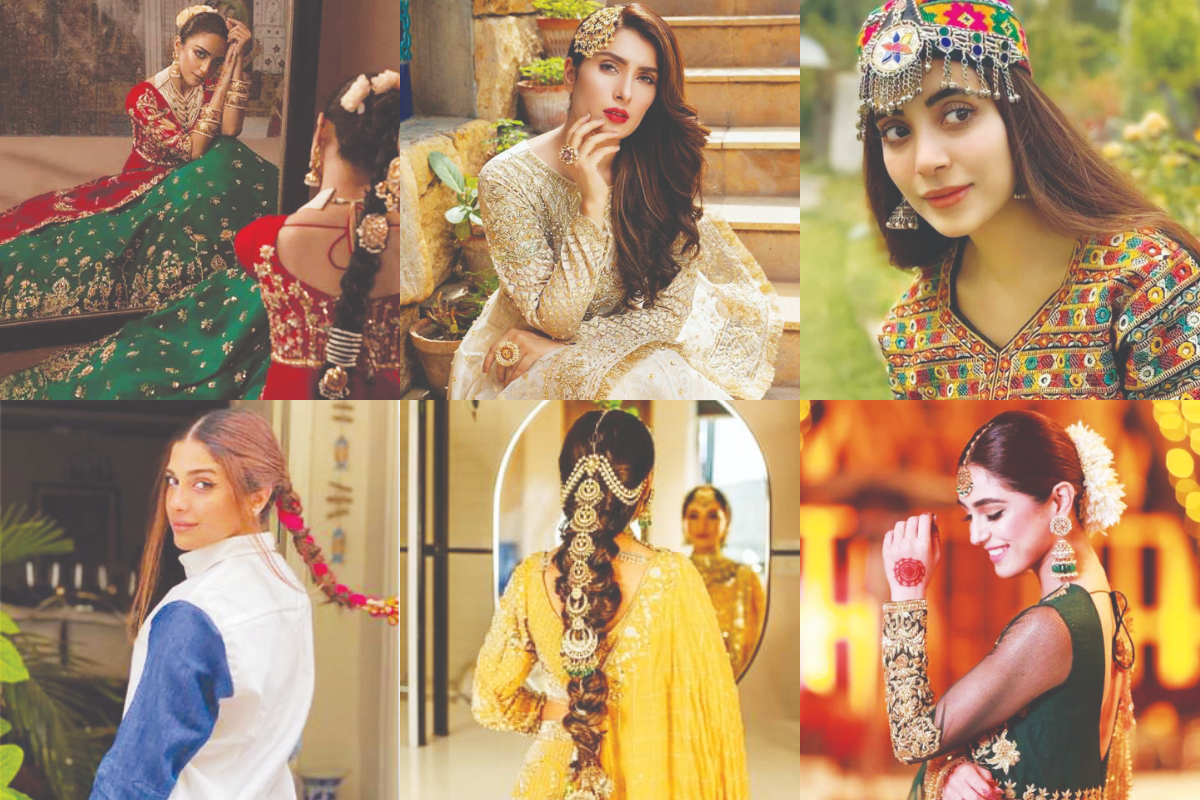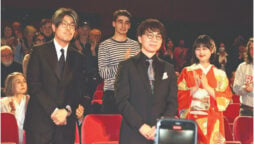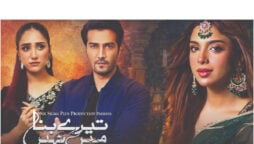
From gajras and jhoomers to traditional parandas, here is how you can add an old-school charm to your contemporary fashion style!
The myth of “universal beauty” is still being explored today, but the desire to look beautiful has been present since antiquity. In many cultures, women comply with their own sets of aesthetic standards to achieve a look that is distinct, both socially and individually. In South Asia, where religion and history have a deep impact on cultural traditions, the art of hair adornment also reflects the social and cultural values of the region during various eras.
From decorating their hair with flowers or the classic jasmine gajra, to wearing jewels, handmade hair accessories, and traditional parandas, South Asian women defined their own identity when it came to cultural hair artistry. While these practices have evolved over time to keep up with contemporary fashion, there are still many traditional hair accessories that are simply timeless.


Parandas
Parandas may not be as popular as they once used to be but they still remain an aesthetic representation of Pakistani traditional wear. Women used to wear these long silk or cotton tassels as part of their fashion to give volume and length to their lustrous strands and to add an artistic touch to their braids. These hand-woven parandas are available in different colors and designs. Young girls would wear vibrant coloured parandas in their hair as a style statement back in the mid and late 1900s. Women in many rural areas of Pakistan and India still wear these classic hair accessories, especially brides, who wear parandas that match their outfits on their wedding day.
Since parandas look best only with a certain look and outfit, mostly traditional eastern attire, they are not very popular among the new generation. Many local fashion designers have launched their very own line of parandas to bring back some of the old-school charm. Several actresses, including Sonia Hussyn, were spotted flaunting a pink coloured paranda along with western attire. This leaves us hopeful for the future of these beautiful hair accessories.

Hair Ring Jewelry
These hair rings are made from precious stones such as emerald, ruby, and diamond embellished on kundan rings. Most women in South Asia wore them at their weddings, and these rings were also quite popular among the women of the royal families of the subcontinent. We rarely see any bride wearing such hair rings these days, but there is no denying the fact that they give an aesthetic appeal to your bridal ensemble.

Headbands
Made from pearls and precious stones, headbands remained very popular in South Asia in the 1990s. Not only do they look beautiful, they are also a functional way to keep your hair in place. While brides used to go for intricately embellished and embroidered headbands for their big day, the less fancy ones were worn by women as a style statement on any special occasion. These headbands are still highly popular in various cultures, especially in Balochistan, rural Sindh, Khyber-Pakhtunkhwa, and Kashmir, and they are becoming popular among young girls in other regions as well.

Passa/Jhoomers
Passa, commonly known as jhoomers, are commonly associated with royalty. This is a piece of traditional hair jewelry that is pinned to one side of the head and is made up of precious stones and pearls. Passa was introduced in the subcontinent during the Mughal period, and this timelessly fashionable headpiece remains highly popular in both India and Pakistan. Passas are usually paired with bridal ensembles to achieve an ethereal look. Moreover, women who inherit this valuable jewelry from their families wear them on special occasions to commemorate their household legacy.

Gajra
Let’s be honest, you do not have to wait for a special day to wear a gajra!
The use of flowers to decorate one’s hair appears to be a universal practice, and women from every continent, country, or culture have acquired this art of hair adornment in one way or another. The jasmine and rose garlands are highly popular among South Asian women, and they are readily available at every nook and corner. Whether you want to wear your hair down, coil a braid or simply tie a bun, add a strand or two of gajra to make your look more appealing and sensual. From being an important part of the bridal ensemble to giving elegance to your traditional attire, gajras are still very much in fashion, and we do not see an alternative replacing them anytime soon!
The art of hair adornment implies more than just a stylistic statement since it holds great cultural and traditional significance. Pakistani culture is a melting pot of Indian, Persian, and Afghan culture, and hence varies from region to region. This gives us room to get creative when it comes to mastering hair artistry. By using these traditional methods to decorate your hair, you can add some old-school charm to your contemporary fashion style.
Catch all the Bold News, Breaking News Event and Latest News Updates on The BOL News
Download The BOL News App to get the Daily News Update & Live News.












 Read the complete story text.
Read the complete story text. Listen to audio of the story.
Listen to audio of the story.